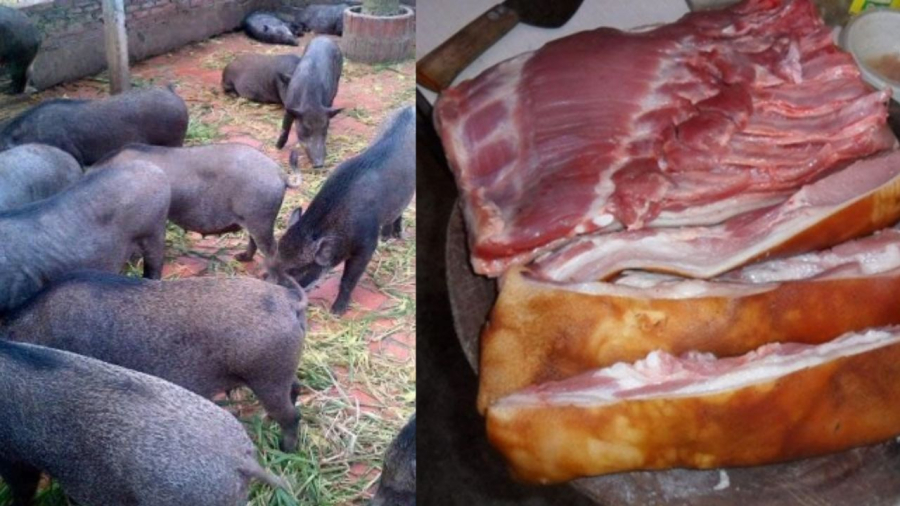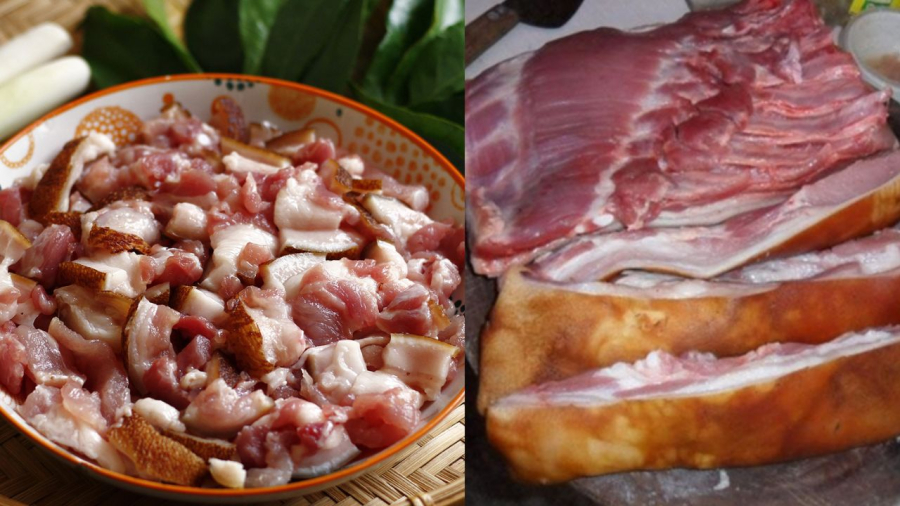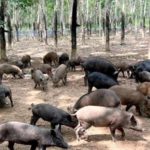Wild boar meat has become a sought-after delicacy in urban areas, with consumers preferring pigs fed rice bran and believing in the superiority of their meat. However, unscrupulous traders have taken advantage of this demand by selling diseased, dead, or immature pigs as wild boar, deceiving customers who pay a premium but receive inferior-quality meat.
Wild boars are typically smaller in size, and their meat is considered tastier due to traditional farming practices. The market price for wild boar meat is double or even triple that of regular pork, yet many consumers are willing to pay the higher price, believing it to be safer and healthier. This perception has led to dishonest traders modifying regular pigs to resemble wild boars, even using sick or dead pigs, as reported by the media.
When purchasing wild boar meat, it’s important to be cautious of unusually low prices. Genuine wild boar meat is typically priced at double or more than the cost of regular pork in the market because of the longer time required to raise them. Fraudulent sellers often justify their lower prices by claiming group purchases, gifts, or a desire to let everyone experience the delicious meat, luring unsuspecting consumers. The standard price for traditionally farmed wild boar meat is around 300,000 VND, so be cautious of prices below 200,000 VND.

Wild Boar Meat: Identify by the Cluster of Hairs
Pay Attention to the Cluster of Hairs on the Pig’s Skin
One distinctive feature of wild boar is the presence of a cluster of hairs, unlike regular pigs. Wild boar skin is thick, with a yellowish hue, and the meat has more lean meat and less fat. The hairs on a wild boar typically grow in clusters of three, while regular pigs have only one hair per follicle.
Although scammers may use hair-implanting tools to create these clusters, it’s not an easy task to replicate. So, when buying wild boar meat, remember to examine the hair clusters carefully. If you spot single hairs, it’s a sign of fake wild boar meat. Additionally, wild boar meat usually has a very thin layer of fat or almost none at all, and the skin is thick, slightly rough, and firm to the touch, unlike the glossy skin of regular pigs.
Observe the Color of the Lean Meat
Authentic wild boar meat has a light red color, contrary to the common misconception of a deep red hue. The meat also carries a distinctive wild boar aroma. If the meat is too red, it may be from an older sow, and if it appears faded, it could be from a young regular pig used as a substitute.

Wild Boar Meat Has a Pinkish-Red Color, Not Deep Red
Smell the Meat
Genuine wild boar meat smells pleasant and not fishy. If the meat is from an older sow, the skin will be tough and chewy, not tender, when cooked. Some scammers use young regular pigs as substitutes because wild boars are typically only 10-20 kg. However, when cooked, the meat of these young substitutes becomes too soft, and the skin lacks the desired crispness. Additionally, authentic wild boar meat doesn’t shrink much during cooking, whereas fake wild boar meat tends to release a lot of water and shrink significantly.
If you notice these signs when cooking wild boar meat purchased from a familiar vendor at the market, be sure to bring it to their attention to avoid a repeat occurrence.
To ensure a delightful dining experience for your family, it’s essential to source wild boar meat from a trusted and reliable supplier.
































